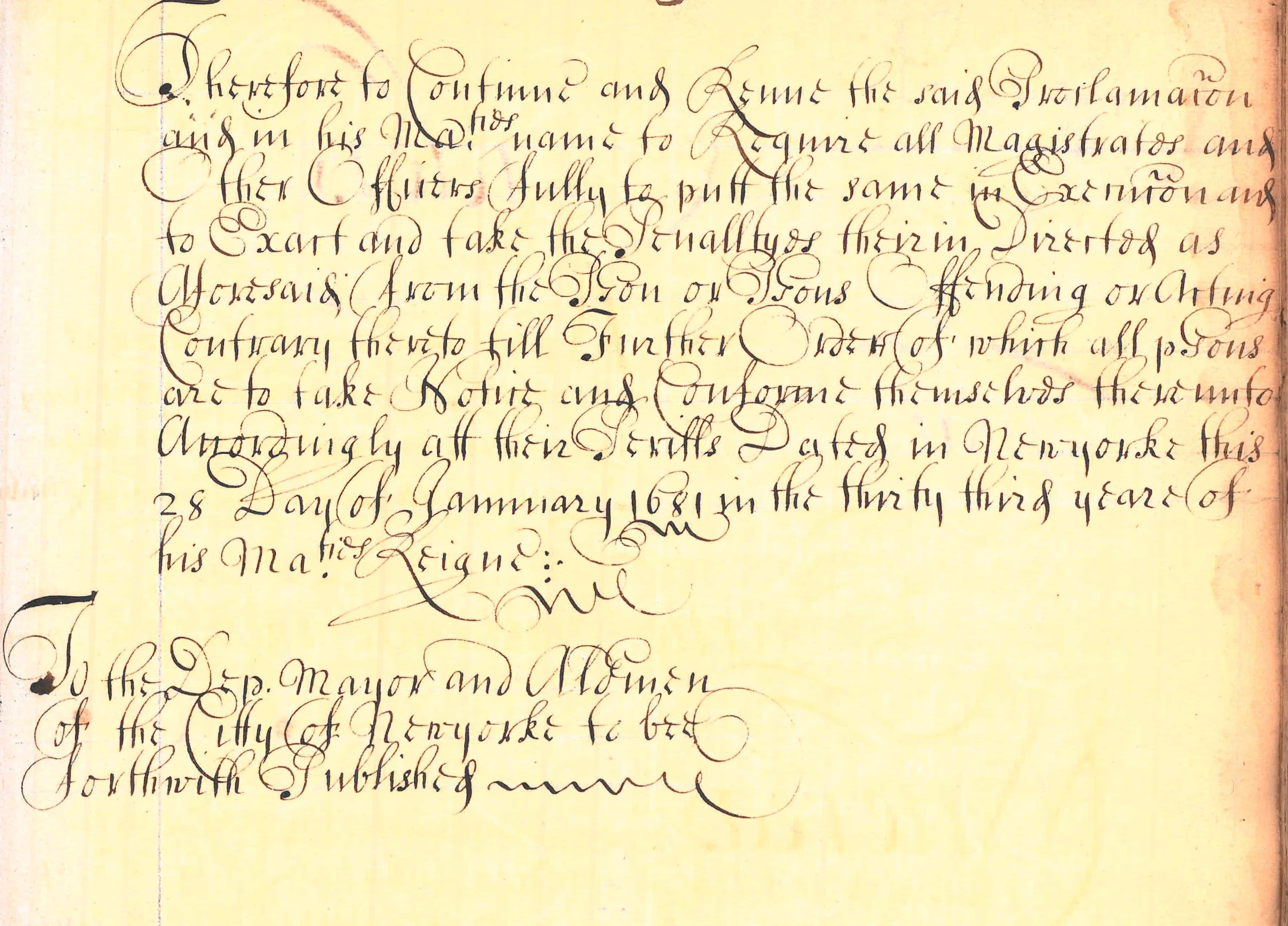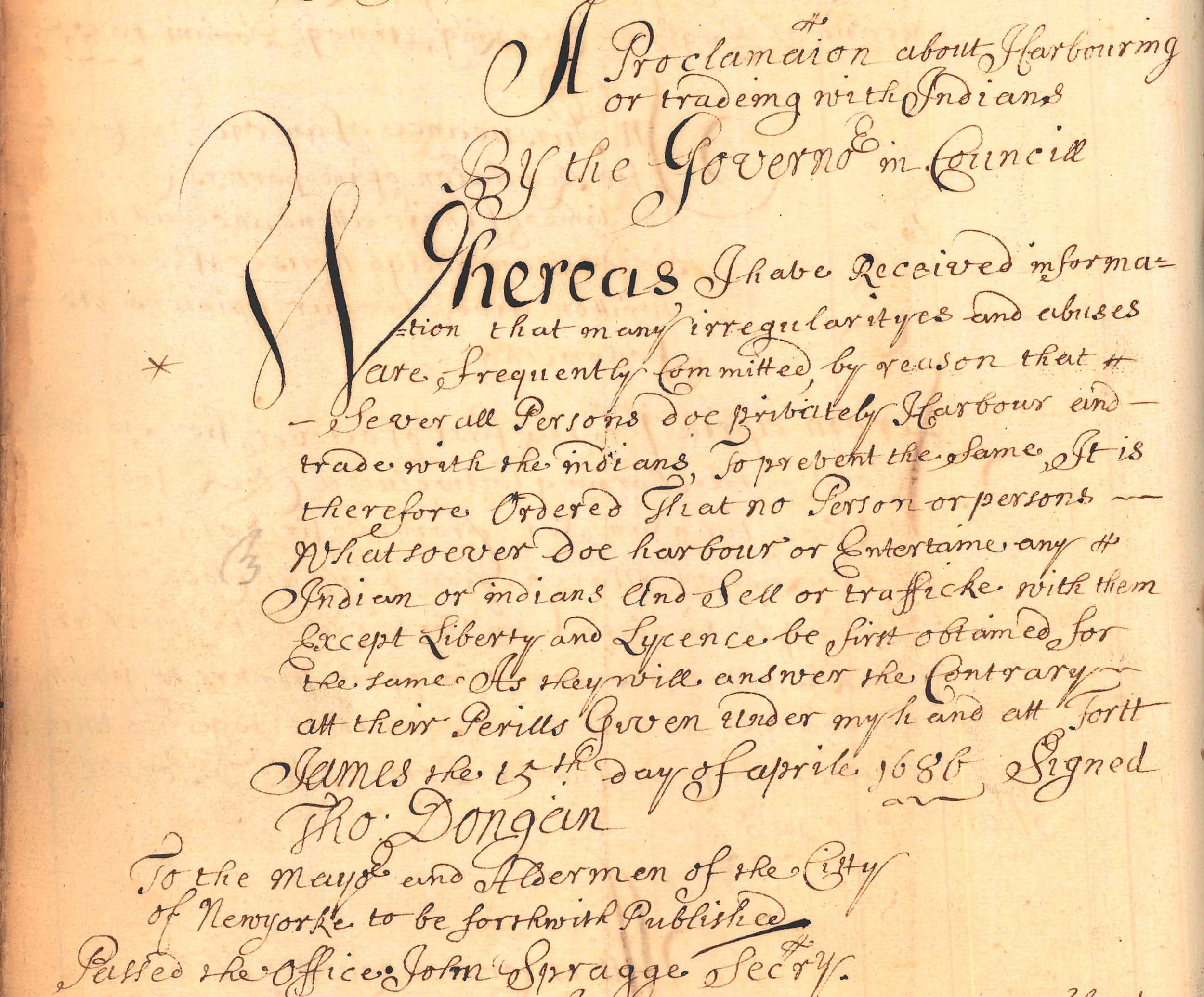DORIS is pleased to participate in Open House New York again this year. We will be welcoming visitors to our headquarters in the beaux-arts Surrogate’s Courthouse at 31 Chambers Street, and we are also opening the doors to our storage and research facility at Industry City, Brooklyn.
Open House New York tour group in the Surrogate’s Courthouse atrium, 2023. NYC Municipal Archives.
The first Open House New York (OHNY) took place in 2003 in the wake of 9/11 when increased security measures restricted access to many iconic City buildings. OHNY was founded “to engage New Yorkers in the city’s architecture, public space, and the future of urban life.” OHNY Weekend now includes more than 300 participating sites and offering 1,300 tours with an estimated 20,000 visitors and more than 1,000 registered volunteers.
Open House New York tour group in the Surrogate’s Courthouse lobby, 2023. NYC Municipal Archives.
For the OHNY tour of the Surrogate’s Courthouse this year Municipal Archives staff member Mr. Matt Minor will share his extensive knowledge of the building history, including the years-long approval process in the early 20th century. His fact-filled tour will provide information on the mosaic ceiling in the entry-way and the elaborate architectural details throughout the building.
Construction of the space in Industry City was completed in 2021. The $22 million state-of-the-art facility was the city's most significant investment in its Archives since the establishment of DORIS in 1977. Visitors will be struck by the vast size of the space. This is not surprising, given the Municipal Archives’ status as one of the largest repositories of government records in North America. The tour will also feature many of the collections stored in the facility—Board of Education, Criminal Courts, and Vital Records to name just a few.
Entrance, Municipal Archives at Industry City, Brooklyn, 2021. NYC Municipal Archives.
Municipal Archives Reading Room, Industry City, Brooklyn, 2021. NYC Municipal Archives.
Municipal Archives storage area, Industry City, Brooklyn, 2024. NYC Municipal Archives.
Municipal Archives cold storage room, Industry City, Brooklyn, 2024. NYC Municipal Archives.
The tours at both facilities are “sold out.” The images in this blog will give readers a glimpse of what tour participants will see. And, we’ll participate in OHNY again next year.






